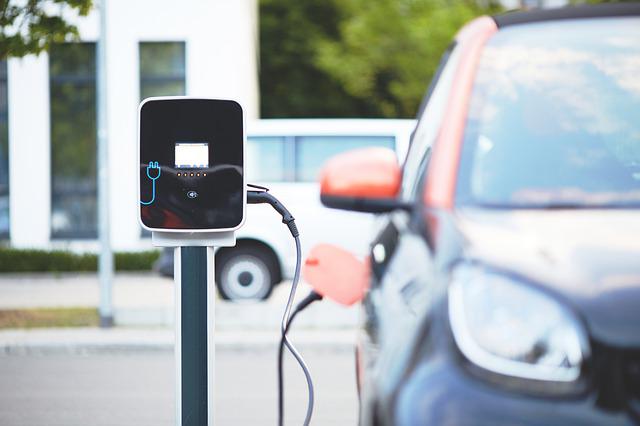JOHOR BARU: The upcoming Export Excellence Awards (EEA) 2022 roadshow, which will be held here, will see industry experts coming together to share their knowledge on export opportunities in the halal market.
It will be held on July 5, starting 1.30pm, at DoubleTree by Hilton Hotel Johor Bahru.
Those interested to join can register online at
HERE.
The roadshow will host a panel discussion on ‘Halal Export Opportunities’, which will feature Guan Chong Bhd managing director and chief executive officer Brandon Tay Hoe Lian, Halal Development Corporation Bhd (HDC) senior manager Faridah Ali and Standard Chartered Saadiq Malaysia Islamic Business and Product Management executive director Bilal Parvaiz.
The panellists will be looking into the export opportunities available in the halal industry, funds and grants available for exporters, as well as the role of technology and innovation on halal markets.
Tay, who was appointed to his position in January 2005, has had extensive experience in the area of export, having been in the business since he graduated in 1993 with a Bachelor of Business Administration degree from the University of Toledo in the United States.
At that time, he was appointed as the manager for JB Cocoa Group Sdn Bhd’s transport division and oversaw the division’s operations.
In 1997, he joined Guan Chong Cocoa Manufacturer (GCCM) as its marketing manager, during which time, the company successfully marketed cocoa powder to the European, Middle Eastern and South American markets.
He was selected as a director of GCCM in 1999 and was later promoted to the position of general manager in 2002 and managing director in 2003.
Under his leadership, GCCM successfully expanded its production capacity to become one of the leading players in the global cocoa bean processing industry in terms of processing capacity and market share.
In addition, he was chosen as a member of the Malaysian Cocoa Board by the Plantation Industries and Commodities Ministry, a position he held from February 2013 to January 2015.
Faridah, who undertakes brand development for the Malaysian halal industry, joined HDC in 2009.
The HDC champions the development of the nation’s integrated and comprehensive halal ecosystem and infrastructure, with the aim of positioning Malaysia as the most competitive country in the global halal industry.
It facilitates integrated services and offerings to unlock the potential of halal markets, putting companies on a stronger foothold to take advantage of the opportunities and resources in one of the world’s fastest moving consumer segments.
Meanwhile, Bilal joined Standard Chartered Saadiq (Malaysia) Bhd in 2014 as part of the Islamic corporate team.
Aside from leading the corporate products team, he spearheads the Halal360 initiative and is the country champion for sustainable finance.
He is also responsible for some of the regional initiatives of Saadiq in Asean markets.
Prior to his move to Malaysia, he was with Standard Chartered Saadiq (UAE) as part of the global Islamic banking team, managing structured trade finance and transaction banking. Bilal played an instrumental role in originating landmark transactions across the Gulf Cooperation Council countries, South Asia and Asean.
An associate member of the Chartered Institute of Islamic Finance Professionals, he holds a Masters of Business Administration, along with various academic and professional qualifications, including certification in sustainable finance from the Frankfurt School of Finance and Management, and the University of Cambridge’s Sustainability Leadership Programme.
EEA is organised by the Star Media Group in partnership with Standard Chartered Malaysia, with PKT Logistics Group as co-sponsor and Matrade as patron. It is audited by BDO. For more information on EEA, visit
Export Awards or email
eea@thestar.com.my.
























